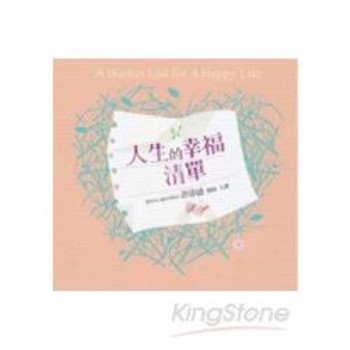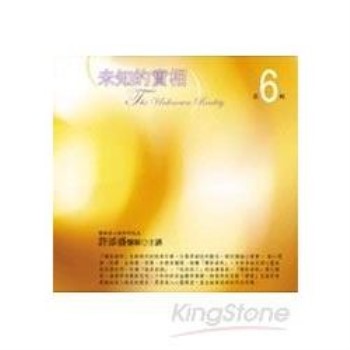A comprehensive presentation and examination of a popular seventeenth-century genre: the English broadside ballad
In its seventeenth-century heyday, the English broadside ballad was a single large sheet of paper printed on one side with multiple woodcut illustrations, a popular tune title, and a poem. Inexpensive, ubiquitous, and fugitive--individual elements migrated freely from one broadside to another--some 11,000 to 12,000 of these artifacts pre-1701 survive, though many others have undoubtedly been lost. Since 2003, Patricia Fumerton and a team of associates at the University of California, Santa Barbara have been finding, digitizing, cataloging, and recording these materials to create the English Broadside Ballad Archive. In this magisterial and long-awaited volume, Fumerton presents a rich display of the fruits of this work. She tracks the fragmentary assembling and disassembling of two unique extant editions of one broadside ballad and examines the loose network of seventeenth-century ballad collectors who archived what were essentially ephemeral productions. She pays particular attention to Samuel Pepys, who collected and bound into five volumes more than 1,800 ballads, and whose preoccupations with black-letter print, gender, and politics are reflected in and extend beyond his collecting practices. Offering an extensive and expansive reading of an extremely popular and sensational ballad that was printed at least 37 times before 1701, Fumerton highlights the ballad genre’s ability to move audiences across time and space. In a concluding chapter, she looks to Shakespeare’s The Winter’s Tale to analyze the performative potential ballads have in comparison with staged drama. A broadside ballad cannot be "read" without reading it in relation to its images and its tune, Fumerton argues. To that end, The Broadside Ballad in Early Modern England features more than 80 illustrations and directs its readers to a specially constructed online archive where they can easily access 48 audio files of ballad music.| FindBook |
有 1 項符合
The Broadside Ballad in Early Modern England: Moving Media, Tactical Publics的圖書 |
 |
The Broadside Ballad in Early Modern England: Moving Media, Tactical Publics 作者:Fumerton 出版社:University of Pennsylvania Press 出版日期:2021-01-01 語言:英文 規格:精裝 / 512頁 / 普通級/ 初版 |
| 圖書館借閱 |
| 國家圖書館 | 全國圖書書目資訊網 | 國立公共資訊圖書館 | 電子書服務平台 | MetaCat 跨館整合查詢 |
| 臺北市立圖書館 | 新北市立圖書館 | 基隆市公共圖書館 | 桃園市立圖書館 | 新竹縣公共圖書館 |
| 苗栗縣立圖書館 | 臺中市立圖書館 | 彰化縣公共圖書館 | 南投縣文化局 | 雲林縣公共圖書館 |
| 嘉義縣圖書館 | 臺南市立圖書館 | 高雄市立圖書館 | 屏東縣公共圖書館 | 宜蘭縣公共圖書館 |
| 花蓮縣文化局 | 臺東縣文化處 |
|
|
圖書介紹 - 資料來源:博客來 評分:
圖書名稱:The Broadside Ballad in Early Modern England: Moving Media, Tactical Publics
|











